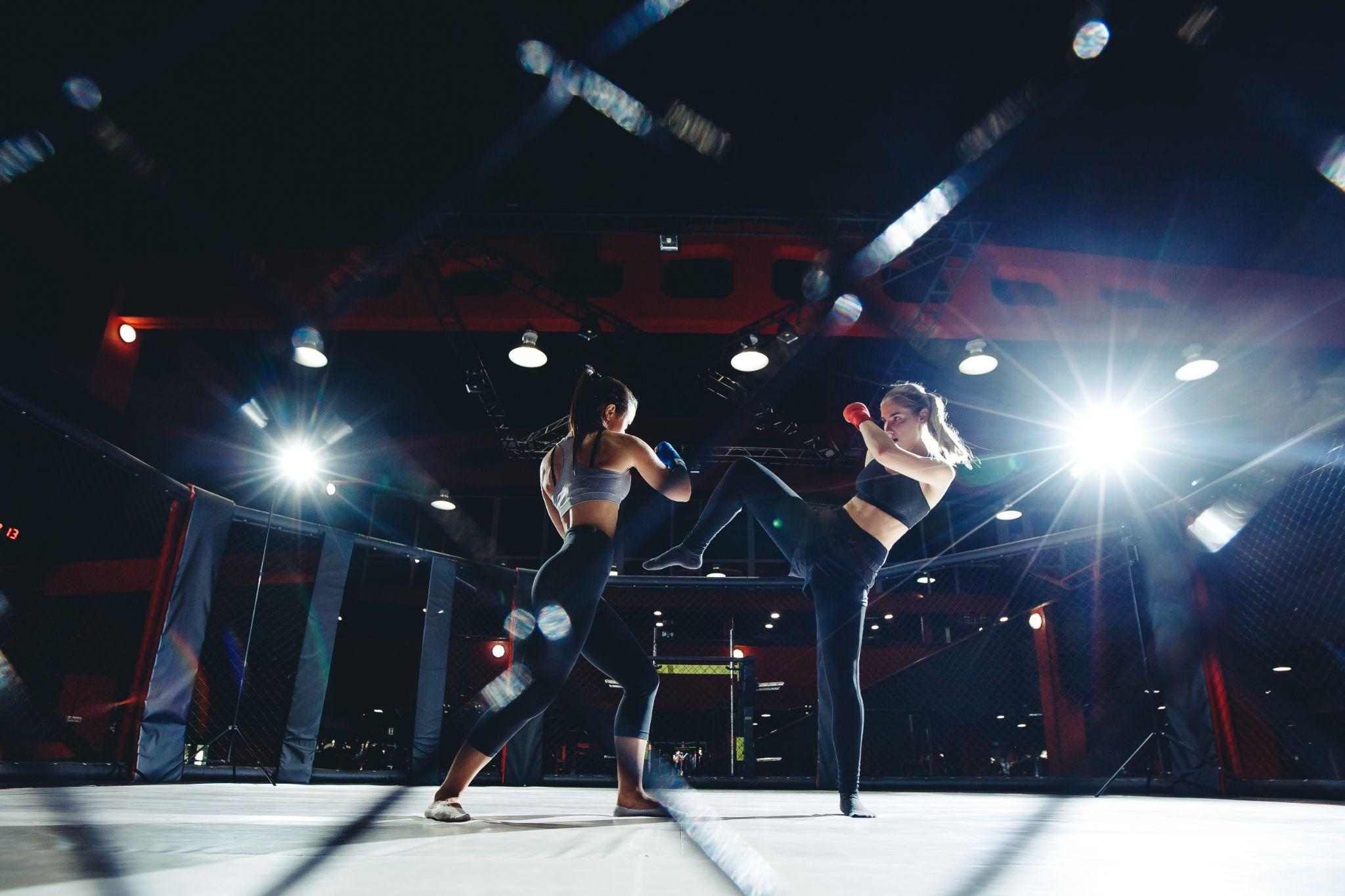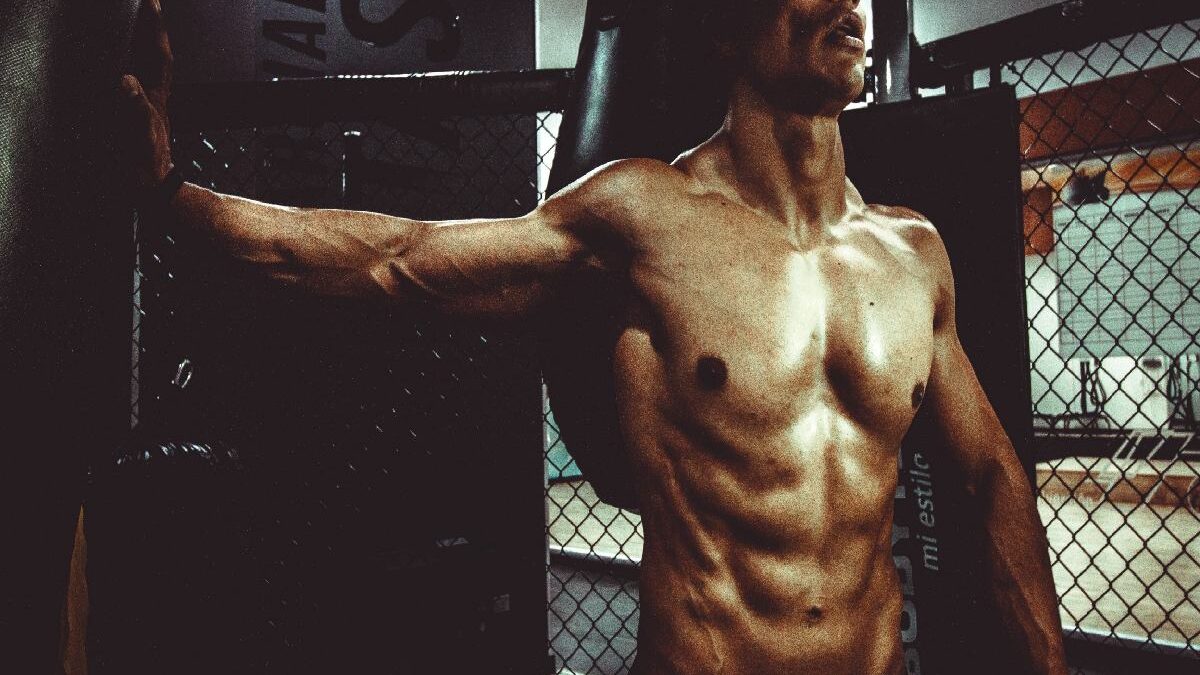Combat sports are exhilarating to participate in, but they also have higher stakes due to the increased chances of injury. Proper training is critical not only for being able to fight at your best but also for protecting yourself in the ring — you can’t just put in a cool mouthguard and come out swinging. If you’re looking to up your game, here are 10 combat sport training tips:
Table of Contents
Incorporate cross training
If all you ever do is drill and spar in your chosen combat sport, you’ll be a weaker fighter for it. Cross training in other disciplines is essential for increasing your overall fitness levels and making you into a well-rounded fighter. Try to choose cross training workouts that you enjoy so you’ll be more motivated to stick with it. For example, there are dozens of different types of cardio workouts you can choose from, so there’s no need to suffer through one that you hate.
Combine strength training and cardio
When it comes to combat sports, you want a combination of cardiovascular stamina and physical strength. Not enough cardio, and your heart and lungs won’t be able to maintain the quick pace during combat. Not enough strength, and your moves won’t have enough power to defeat your opponent. Make sure that you are including both of these workouts into your training schedule in addition to drilling and sparring to make sure you’re a truly well-rounded fighter.

Train for balance and flexibility too
Balance and flexibility often get forgotten due to the focus on strength and cardio training — but they’re just as essential. Balance will help you stay upright during fights, while flexibility will extend your range of motion and help prevent injury. You can often incorporate balance and flexibility into your other workout moves, and they also make a great addition to your cool down.
Warm up and cool down
Warming up and cooling down might not be the most exciting parts of a workout, but they are essential to safely training for combat sports. Warming up prepares your muscles and reduces chances of injury, while cooling down helps to decrease soreness afterward. You should warm up and cool down before and after every training session and fight to make sure that your body is properly prepared.
Don’t train through the pain
Injuries are common in combat sports, whether you sustain them in the ring or during training. It can be tempting to bite down on your pro mouthguard and keep going, especially when you have all that adrenaline pumping through you. However, this is a surefire recipe for exacerbating your injury and sometimes even hurting yourself so badly that you can no longer compete. Always listen to your body and stop if you feel pain.

Plan around the season
Most combat sports have a competition season and an off season, so if you are competing this season, it makes sense to plan your training schedule around this. For example, a lot of competitors like to focus on strength training in the early preseason, then taper it off as competition season approaches so they can focus more on fighting drills and sparring. When planning out your training long-term, keep these seasonal schedules in mind so you can be in the best shape possible for competitions.
Practice breath training
Breath training is slightly different from cardiovascular exercise, which is intended to strengthen your heart and lungs. In combat sports, you need to be able to perform even when you are breathing quickly and shallowly or when you get the wind knocked out of you. By practicing this via breath training, you will be able to keep going even when you aren’t able to take deep breaths and get that full dose of oxygen. Incorporate breath training into your drills and sparring so you can keep going even when you can’t get a full, deep breath. Make sure to leave your sports mouthguard in while you do it, as this also affects how you breathe.
Train yourself mentally as well as physically
Combat sports have a psychological edge to them, which makes mental prep just as important as the physical side. Many beginning fighters struggle with jitters, anxiety and other feelings that can impact their ability to perform in the ring. Figure out what stress reduction techniques work for you and make a regular habit of them. Practice staying calm during times of great excitement and stress, and it will be easier for you to perform well in the ring.

Give your body the fuel it needs
You can train as hard and as fast as you want, but you won’t get the best results if you’re not giving your body the fuel it needs. Proper nutrition is essential for peak performance and fast recovery, so make sure that you’re eating a diet rich in lean proteins, whole grains and fruit and vegetables. Many athletes also find that they need to supplement their diet with vitamins, supplements, electrolytes and other add-ons to fully meet all their demanding nutritional needs.
Take time off to rest
Without rest, your body cannot recover or perform at peak levels. Make sure that you are taking at least one full day off each month, and two days if you need it. You should also incorporate at least a week of rest and easier workouts every two to three months to give your body a longer break. Many fighters also like to take two weeks fully off from any training whatsoever after the end of competition season to rest and recover — something that you should also consider doing.
Follow these tips to make this season your best yet when it comes to your chosen combat sports. Stay safe, and good luck in the ring!

